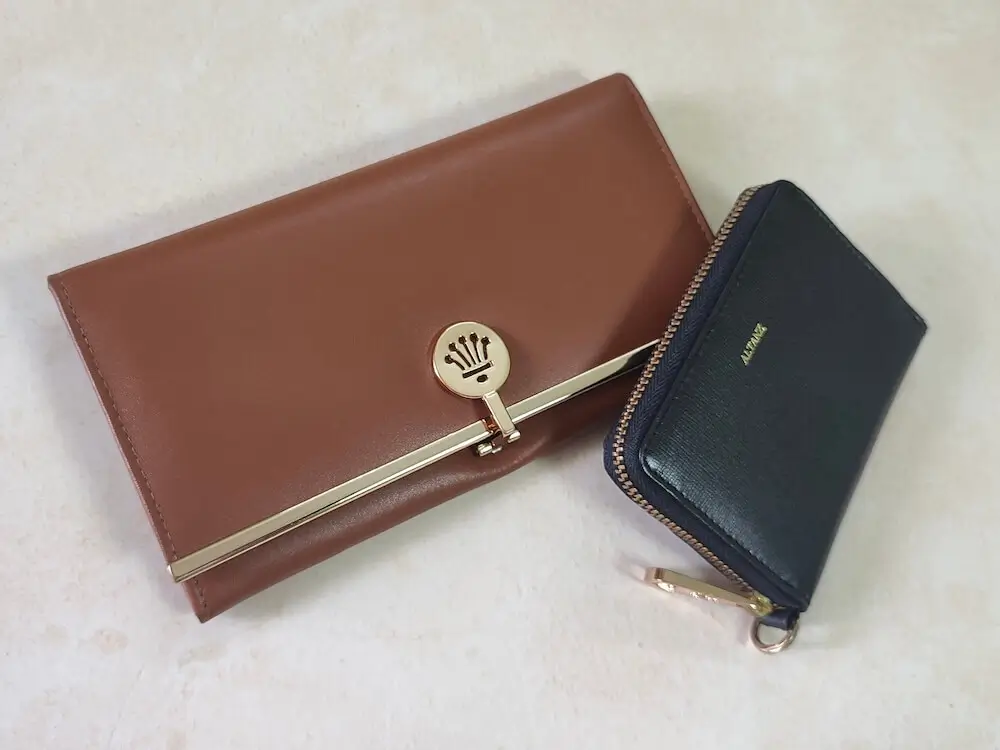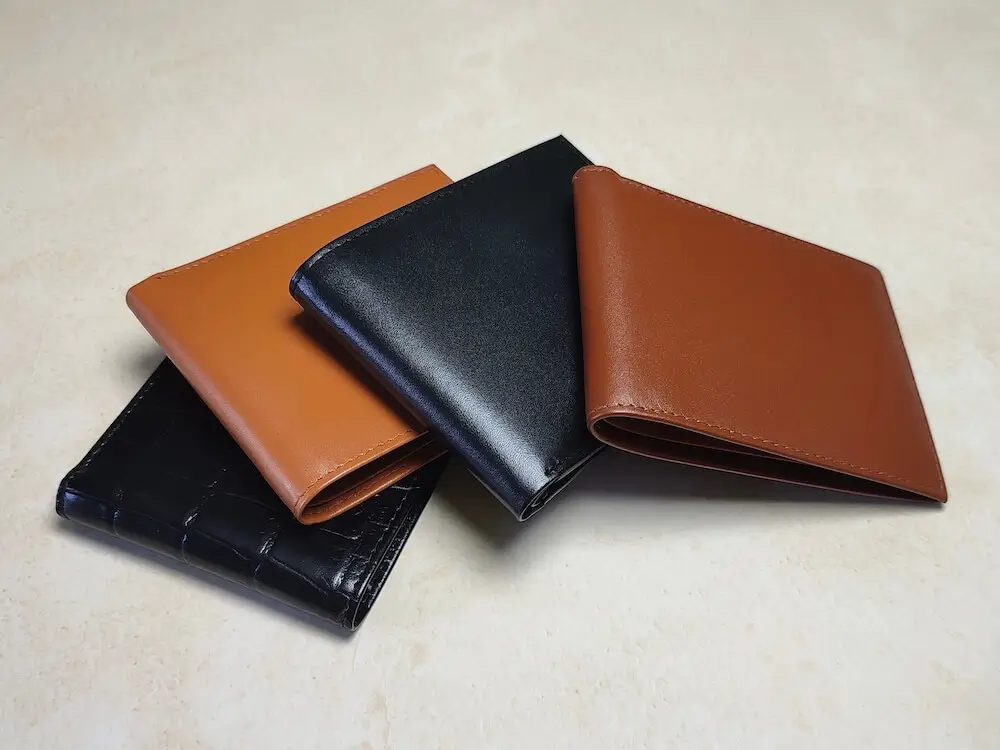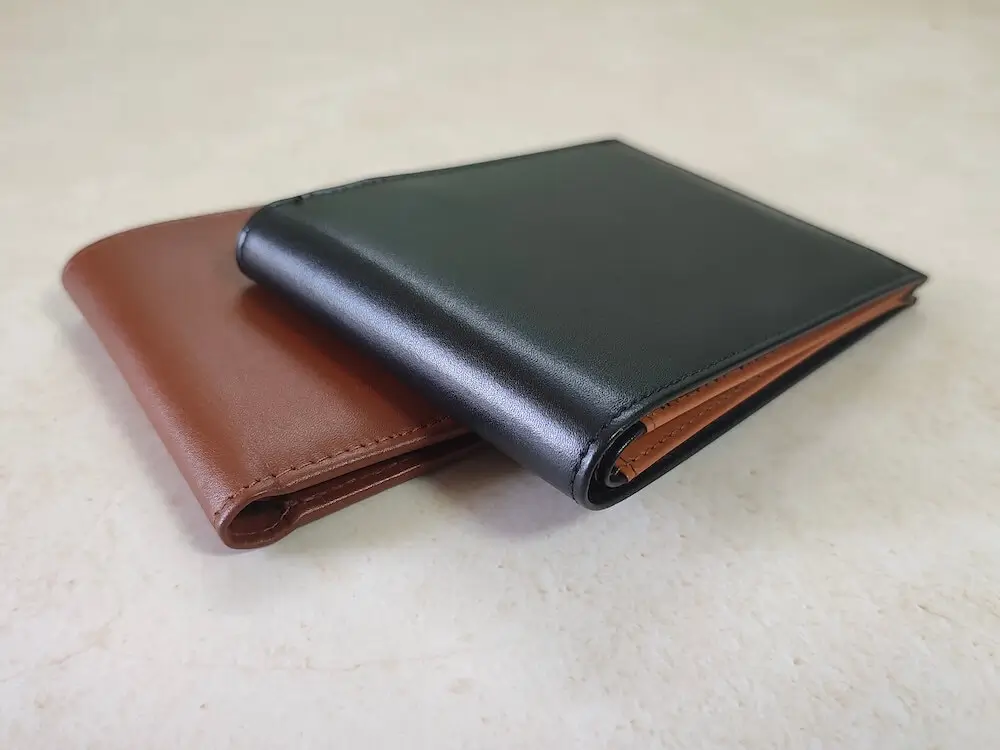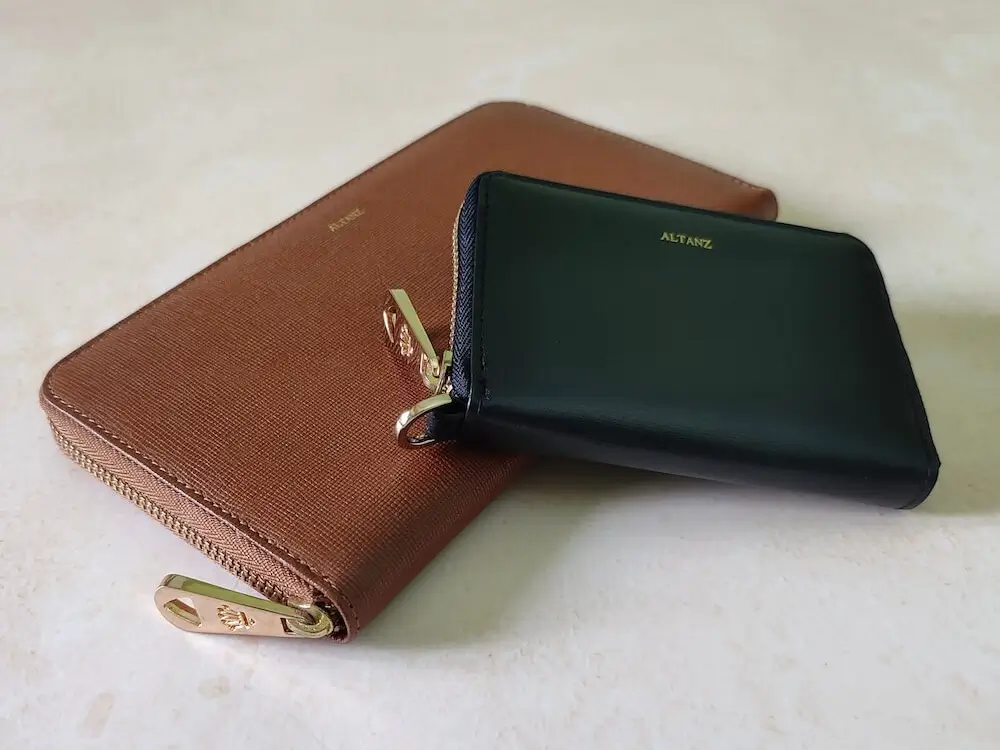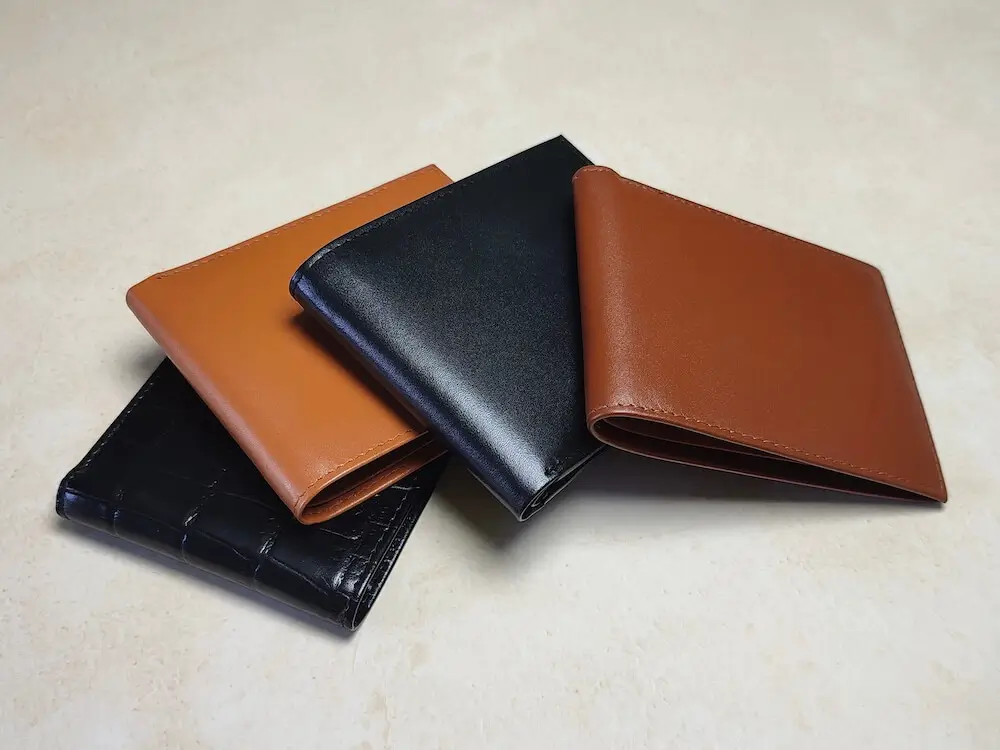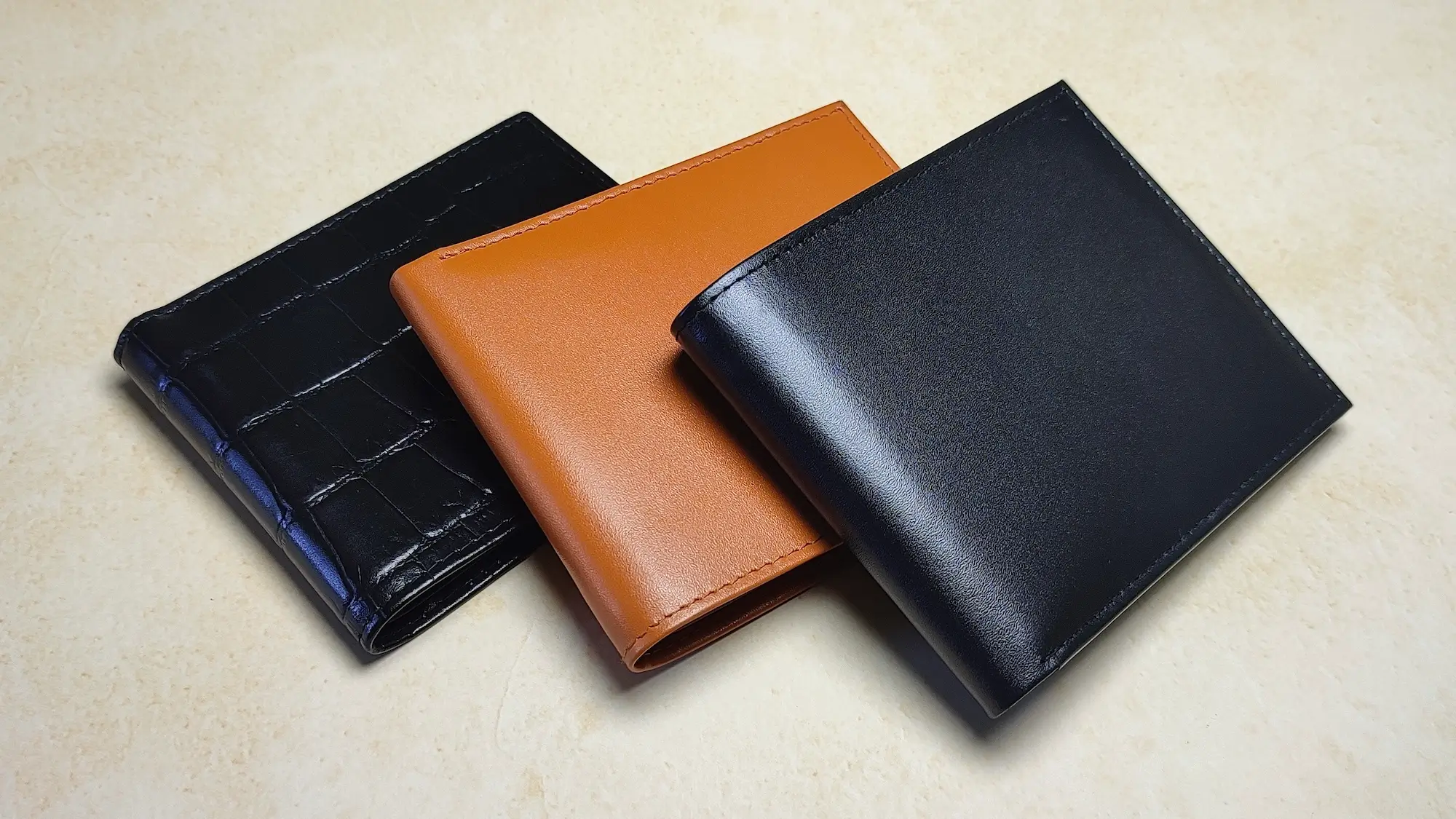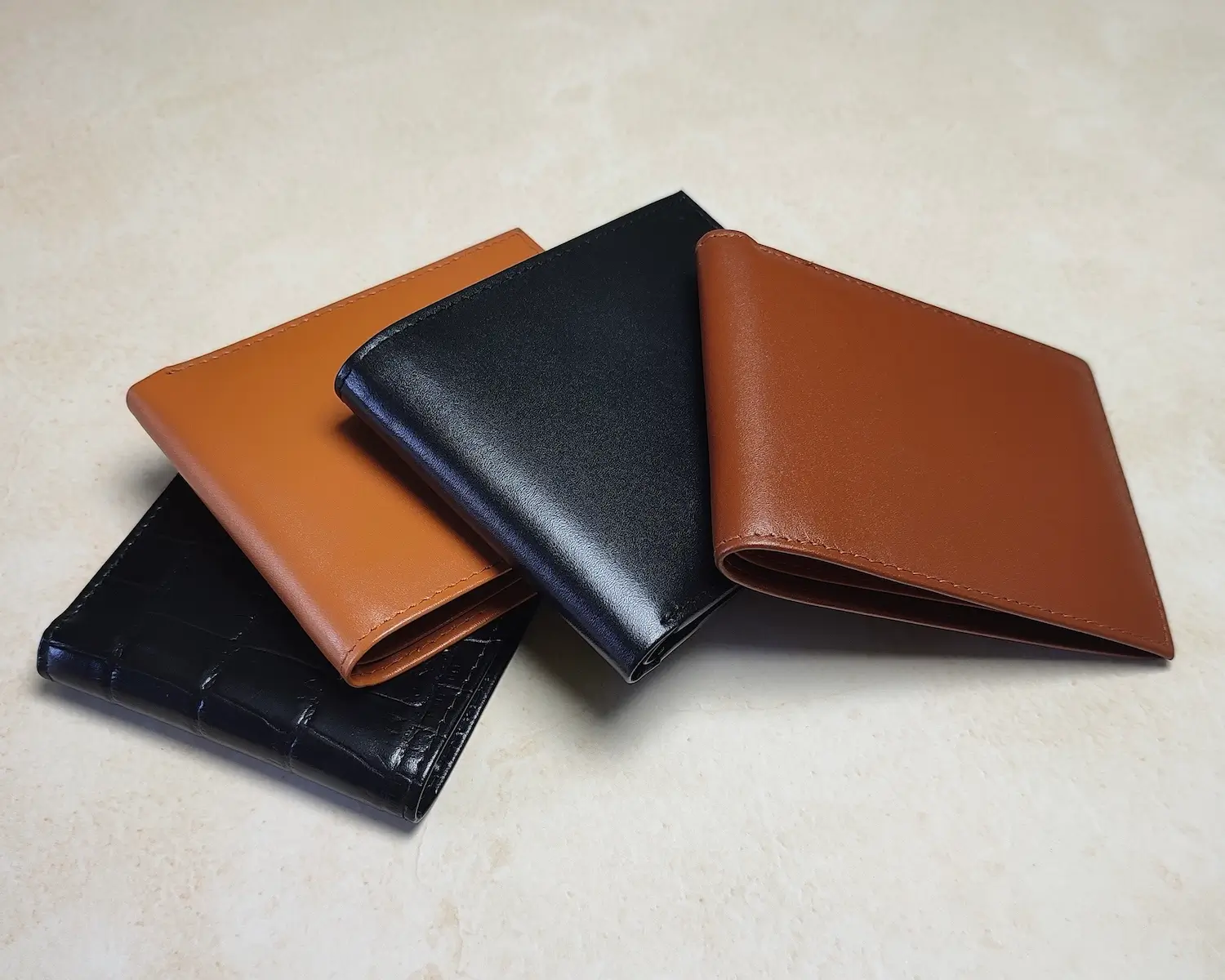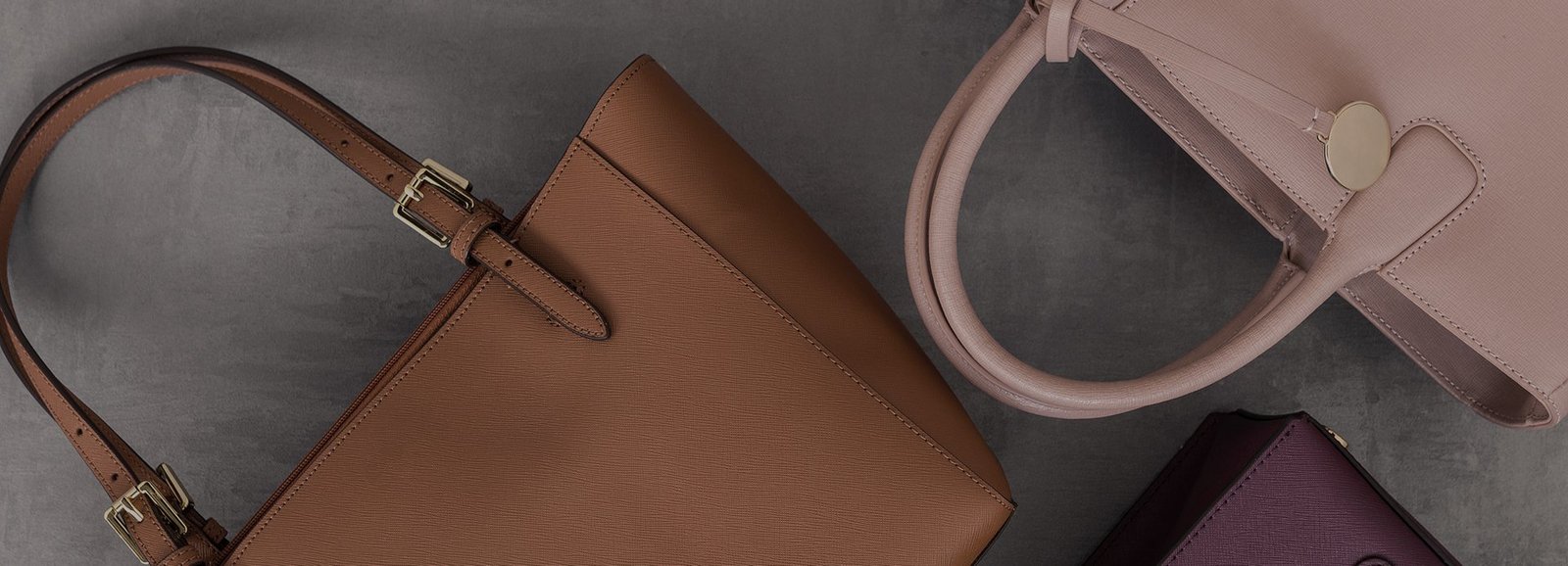Product Guides & Reviews
Things to Consider When Buying Leather Goods: A Buyer’s Guide
Introduction
Leather goods have long been associated with durability, elegance, and timeless style. From handbags and jackets to wallets and belts, leather products offer both functionality and sophistication. However, not all leather goods are created equal.
This guide will help you navigate the key factors to consider when purchasing leather items, ensuring you make a well-informed investment.
Understanding Leather Quality
Types of Leather
-
Full-Grain Leather:
- The highest quality, retaining the natural grain.
- Durable, develops a beautiful patina over time.
-
Top-Grain Leather:
- Slightly sanded for a smooth finish, making it thinner and more flexible than full-grain.
-
Genuine Leather:
- Processed from lower layers of the hide; more affordable but less durable.
-
Bonded Leather:
- Made from leather scraps and synthetic materials, often the least durable.
Tanning Processes
-
Vegetable Tanning:
- Eco-friendly, uses natural materials like tree bark and leaves.
- Produces a firmer, long-lasting leather.
-
Chrome Tanning:
- Faster and more affordable but less sustainable.
- Results in softer, more flexible leather.
Exotic Leathers
Luxury items often feature exotic hides like crocodile, ostrich, or snakeskin. These materials are rare, unique, and require special care.
Assessing Craftsmanship
Stitching and Construction
- Check for tight, even stitching without loose threads.
- Reinforced seams enhance durability, especially in high-stress areas.
Hardware and Finishes
- Metal components like zippers and buckles should be sturdy and smooth.
- Look for rust-proof finishes and premium-grade hardware.
Lining and Interiors
- High-quality linings add strength and functionality to the product.
- Poor-quality linings can tear easily, reducing the lifespan of the item.
Evaluating the Purpose of the Leather Item
Functionality and Design
- Choose a design that aligns with your lifestyle and needs.
- For example, a leather tote or backpack is ideal for carrying work essentials, while a compact wallet or cardholder is perfect for daily errands.
Size and Capacity
- Ensure the product is neither too small nor too large for your intended use.
- A well-sized leather bag, for instance, should fit essentials like a laptop, documents, or personal items without appearing bulky.
Versatility
- Select items that transition easily between different settings, such as work, casual outings, or formal events.
- Neutral tones and classic designs enhance versatility.
Key Features to Look For in Leather Goods
Quality Markers
- Natural grain patterns and slight imperfections are signs of authenticity and high quality.
- Full-grain leather has a heavier feel compared to synthetic or lower-grade materials.
Comfortable Design
- For wearable items like belts or bags, ergonomic features such as padded straps or adjustable lengths ensure long-term comfort.
Durability Enhancements
- Double stitching and edge finishing prevent fraying.
- Reinforced handles or straps enhance the product’s ability to withstand regular use.
Sustainability and Ethical Sourcing
Eco-Friendly Leather
- Brands that use vegetable-tanned leather or recycled materials contribute to more sustainable production practices.
- Look for certifications that indicate eco-friendly methods.
Ethical Production
- Support brands that are transparent about sourcing, ensuring fair labor practices and cruelty-free processes.
Setting a Budget
Price vs. Quality
- While high-quality leather products may cost more upfront, their longevity and timeless appeal often make them a better investment than cheaper alternatives.
Affordable Alternatives
- Mid-range brands offer excellent quality without the luxury price tag, making them accessible for budget-conscious buyers.
Popular Leather Goods to Consider
Bags and Briefcases
- Options like tote bags, messenger bags, and duffle bags offer practical storage and a polished look.
Wallets and Cardholders
- Compact, stylish designs that protect essentials and fit comfortably in pockets.
Jackets and Footwear
- Leather jackets are timeless wardrobe staples, while high-quality leather shoes provide durability and elegance.
Accessories
- Items like belts, watch straps, and leather keychains add subtle sophistication to any outfit.
How to Spot Counterfeit Leather Goods
Recognizing Fake Leather
- Fake leather often feels plasticky and lacks the unique smell of genuine leather.
- Synthetic materials may peel or crack over time, unlike authentic leather.
Brand Authentication Tips
- Check for serial numbers, authenticity cards, or holograms that verify the product’s origin.
- Buy directly from authorized retailers to avoid counterfeits.
Caring for Leather Goods
Cleaning and Maintenance
- Wipe with a damp cloth to remove dirt and dust.
- Use a leather-specific cleaner for deeper stains.
Conditioning and Protecting
- Apply leather conditioner regularly to maintain softness and prevent cracks.
- Protect the leather with a waterproof spray if you expect exposure to rain or humidity.
Storing Properly
- Store leather goods in a dust bag or breathable fabric to prevent scratches and mildew.
- Avoid overstuffing bags or wallets to maintain their shape.
Conclusion
Investing in leather goods requires careful consideration of quality, craftsmanship, functionality, and sustainability. By focusing on these factors, you can ensure your purchase will stand the test of time and complement your style for years to come. Whether you’re choosing a bag, wallet, jacket, or accessory, a well-made leather product is a timeless addition to any wardrobe.
FAQs
-
How can I tell if a leather product is genuine?
Genuine leather often has natural grain patterns, a distinct smell, and a supple texture. It’s heavier and more durable than synthetic leather. -
Which type of leather is the most durable?
Full-grain leather is the most durable and long-lasting, making it ideal for high-quality products. -
What’s the difference between chrome and vegetable tanning?
Chrome tanning uses chemicals for a faster process, resulting in softer leather, while vegetable tanning relies on natural materials, making the leather firmer and eco-friendly. -
How do I care for leather goods to extend their lifespan?
Regular cleaning, conditioning, and proper storage are essential for maintaining the quality and longevity of leather products. -
Are expensive leather goods worth the investment?
Yes, high-end leather goods often offer superior craftsmanship, durability, and timeless style, making them a worthwhile investment.
FAQ : Frequently Asked Questions
Things to Consider When Buying Leather Goods: A Buyer’s Guide
Answer:
Genuine leather often has natural grain patterns, a distinct smell, and a supple texture. It’s heavier and more durable than synthetic leather.
Answer:
Full-grain leather is the most durable and long-lasting, making it ideal for high-quality products.
Answer:
Chrome tanning uses chemicals for a faster process, resulting in softer leather, while vegetable tanning relies on natural materials, making the leather firmer and eco-friendly.
Answer:
Regular cleaning, conditioning, and proper storage are essential for maintaining the quality and longevity of leather products.
Answer:
Yes, high-end leather goods often offer superior craftsmanship, durability, and timeless style, making them a worthwhile investment.



